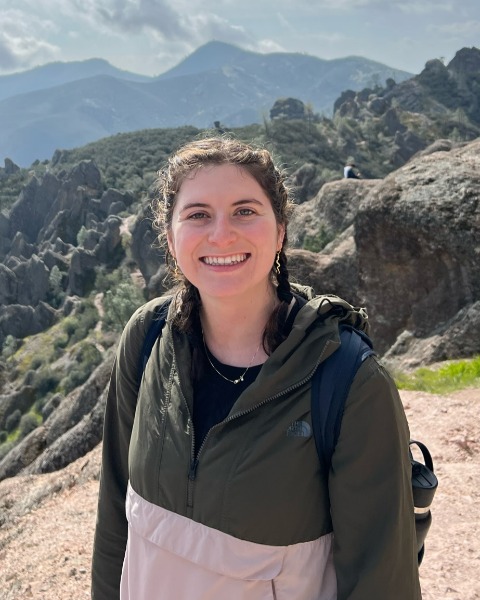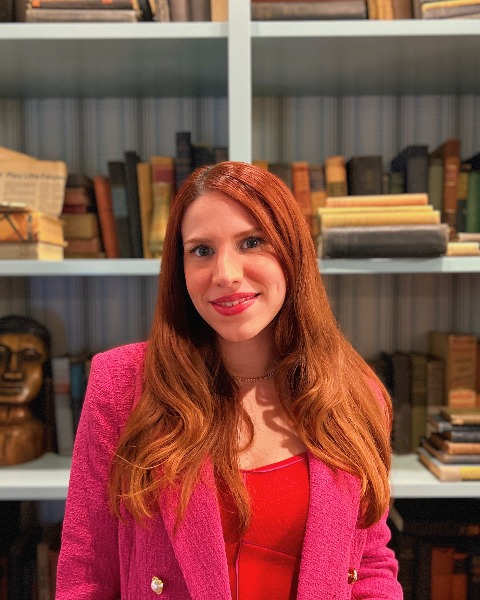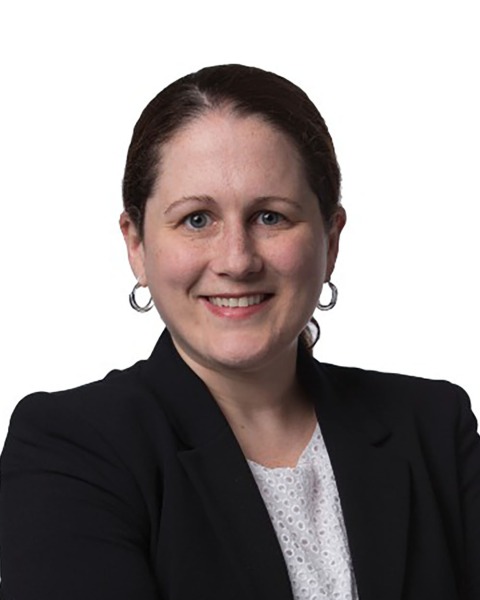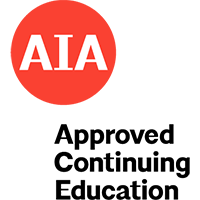Track 2/Volet 2
CS2.3: Complex rehabilitation projects
-

Lucy Davis
PhD Student
McGill University, Canada -
.jpg)
Léïc Godbout
Architect
Partie 5 / STGM Architecture, Canada -

Daniele Paulino (she/her/hers)
PhD Candidate
The Pennsylvania State University -

Susan Pommerer, AIA, CDT, LEED AP
Senior Principal
SmithGroup -
.jpg)
Evan Speer, MSc., PE (he/him/his)
Senior Engineer
Holmes US
Session Chair(s)
Speaker(s)
This session has qualified for 1.5 LU|HSW Credits
This session explores the intricate challenges and innovative solutions involved in adaptive reuse and seismic retrofit by bringing together case studies from different cultural and architectural contexts to illustrate the balance between preserving historical integrity and meeting modern safety and functionality requirements. Participants will gain insight into key projects that involve the relocation and subsequent rehabilitation of historic structures and monuments, integrating computational approaches for conservation and implementing advanced seismic retrofitting techniques for minimally invasive designs. The session will provide a comprehensive understanding of the technical, structural and preservation considerations that underpin successful rehabilitation projects in diverse environments and the early phase strategies that might make all the difference.
HSW Justification
All four learning objectives are directly related to the HSW topics of project planning & design, project management, programming & analysis and project development & development.
The sessions address key HSW topics: 1- Application of new construction, and existing building codes requires informed decision-making, and balance between ultimate goals of minimizing loss of life and property, improving wellness and barrier-free access, and retaining historically significant fabric. 2 - Seismic retrofitting aims to improved the structural performance of building materials and assemblies during seismic events, further preventing loss of life or property. This requires sensitive interventions, computational modeling programs are critical tools in achieving these goals. 3 - Relocating structures not only supports preservation goals, it provides enhanced safety for occupants and users, and can result in more equitable access and experience of the historic resource.
Learning Objectives:
- Upon completion, participant will be able to describe the process of relocating historic structures and investigate the techniques required to maintain structural integrity and integrate design considerations for the new location.
- Upon completion, participant will be able to differentiate between applications of computational programs for optimization of key building parameters in the design of envelopes or structural interventions.
- Upon completion, participant will be able to identify key considerations in the seismic retrofitting of historic buildings and assess how these retrofitting strategies comply with contemporary building codes while preserving architectural integrity.
- Upon completion, participant will be able to discuss the integration of modern accessibility standards and environmental systems into historic buildings.
Presentations:
-
4:00 PM - 4:20 PM EST(CS2.3) Building as Artifact: Relocation and New Beginning for Oldest Synagogue in Nation’s Capital
Speaker: Susan J. Pommerer, AIA, CDT, LEED AP – SmithGroup
Session Chair: Lucy J. Davis – McGill University
-
4:20 PM - 4:40 PM EST(CS2.3) Rehabilitation of the Frederick-James Villa in Percé: Making Something New with Something Old
Speaker: Léïc Godbout – Partie 5 / STGM Architecture
Session Chair: Lucy J. Davis – McGill University
-
4:40 PM - 5:00 PM EST(CS2.3) The Pritchard Building Rehabilitation and Expansion – Utilizing Existing Element Strength to Minimize Retrofit Scope To Preserve Historic Sightlines in a High Seismic Zone
Speaker: Evan N. Speer, MSc., PE (he/him/his) – Holmes US
Session Chair: Lucy J. Davis – McGill University
-
5:00 PM - 5:10 PM EST(CS2.3) On determining structural wall layout during the adaptive reuse process of historic masonry buildings.
Speaker: Daniele M S Paulino (she/her/hers) – The Pennsylvania State University
Session Chair: Lucy J. Davis – McGill University

.jpg)
.jpg)


